Mastering English: A Comprehensive Beginner’s Guide to English Sentence Structure
Welcome to the world of English language mastery, where sentences are the steps to the summit and Kevin Lee is your trusty guide. Think of English as a jigsaw puzzle, with each piece representing a word. The challenge is assembling those pieces into a picture – a sentence – that makes sense to others. With 60 carefully crafted lessons, 600 unique sentences, heart-pounding practice tests, and fun-filled worksheets, this book promises to turn even the most grammar-phobic learners into syntax champions. Afraid of dangling participles or confused by conjunctions? Fear not! As long as you’re ready to jump into the thrilling world of English sentences, we are here to catch you. So, buckle up and let’s embark on this exciting journey of linguistic discovery together!
Setting the stage for English language mastery
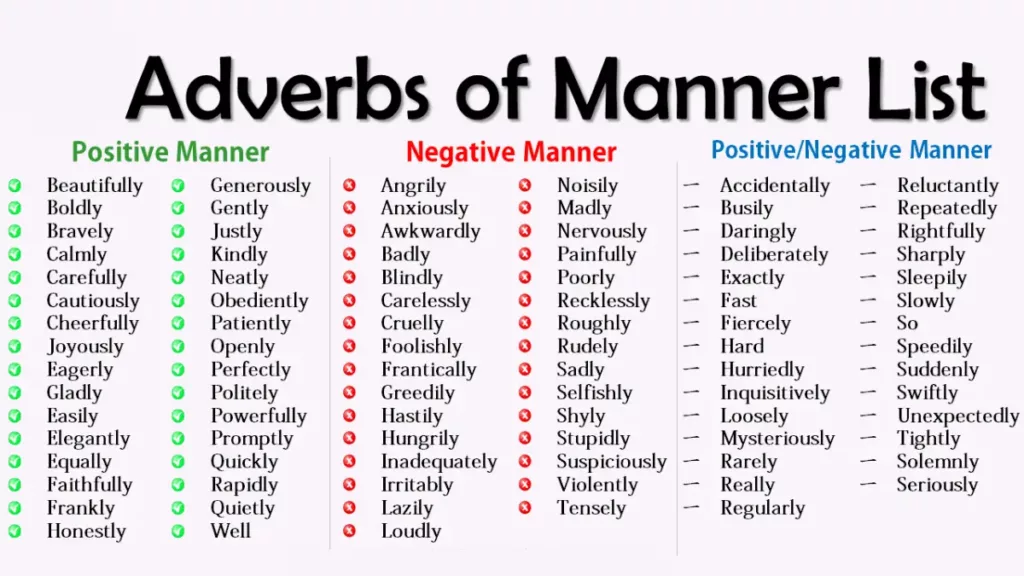
The journey to mastering the English language begins with a single step: understanding sentence structure. Think of it as the skeleton that gives a sentence its form and meaning. To master English, you need to move beyond memorizing words to understanding how they fit together to convey a specific idea.
In this book, we guide you through the intricacies of English grammar, starting from the basics to more complex sentence structures. Each lesson is designed to build upon the previous one, steadily enhancing your understanding. Activities and practice tests provide hands-on experience, allowing you to apply what you’ve learned in a fun and engaging manner.
Remember, English language mastery is not about perfection but progress. It’s about acquiring the confidence to express yourself accurately and comprehensively. It’s about overcoming the fear of making mistakes and viewing them instead as stepping stones on your path to fluency. So, get ready to embrace the world of English sentences, one step at a time.
Lesson 1-10: Fundamentals of English Sentence Structure

Our journey begins with the fundamentals of English sentence structure. Here, we explore the building blocks of sentences: subjects, predicates, and objects. We delve into the importance of subject-verb agreement, and the role of tense in giving sentences their time context. We examine different sentence types, including declarative, interrogative, imperative, and exclamatory sentences. This first segment is all about getting comfortable with the core components that make up English sentences. Through interactive activities and practice exercises, you’ll gain a solid understanding of how these elements interconnect to form meaningful sentences. Remember, every sentence you speak or write is a testament to your growing proficiency in English. So, let’s embark on these first ten lessons with enthusiasm and an open mind, ready to embrace the beauty and complexity of English sentence structure.
Lesson 11-20: Advanced Syntax and Common Sentence Patterns
As we advance into the next set of lessons, we delve deeper into the realm of syntax and common sentence patterns. This segment uncovers how sentence structure can transform the meaning and tone of your communication. We explore complex sentence structures, such as compound sentences and complex sentences, enabling you to express nuanced thoughts and ideas. We also delve into common sentence patterns and how these can be used to vary your writing and make it more engaging. Practical exercises and interactive activities will continue to reinforce your learning, providing ample opportunities for you to practice these advanced syntax concepts and sentence patterns. Remember, mastering these elements is key to becoming a proficient English speaker and writer, opening up new horizons of communication for you. So let’s venture forth into these advanced lessons with curiosity and determination, ready to deepen our understanding of English sentence structure.
Lesson 21-30: Mastering the Use of English Verbs and Tenses
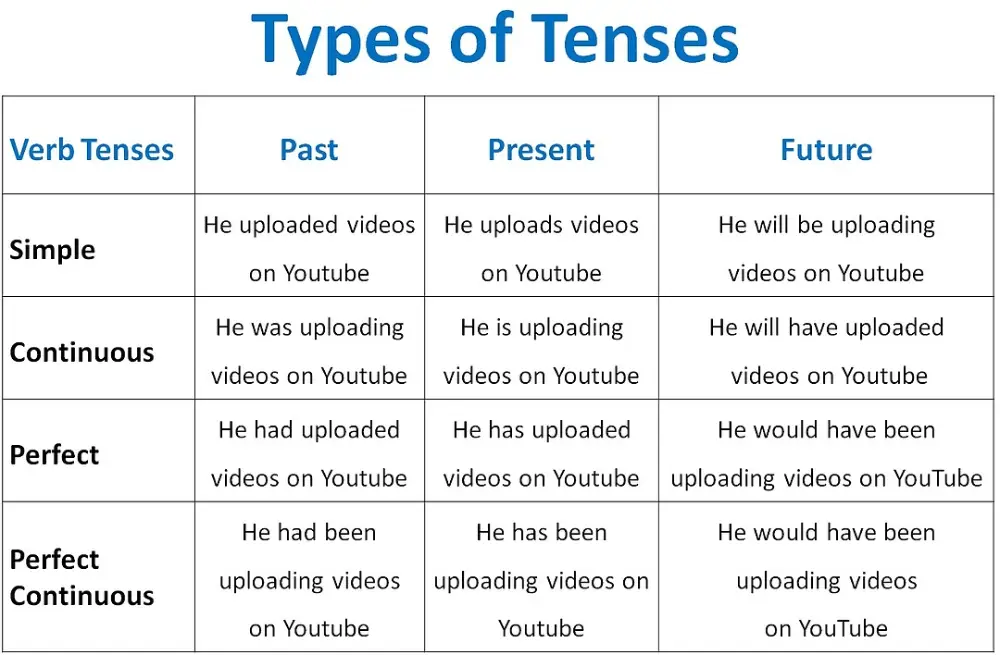
In lessons 21 to 30, we will tackle the extensive realm of English verbs and tenses. English verbs are the action words, the words that convey movement and occurrence, and tenses provide them the aspect of time. Understanding the use of different verb forms and tenses is vital to articulate your thoughts accurately across different timelines – past, present, and future. We will explore the 12 English tenses, their structures, usage, and the common mistakes to avoid. From simple present to future perfect continuous, each tense has its own unique structure and function. By mastering these, you can express a wide array of actions and states of being, across various times and situations. Moreover, practical exercises and interactive activities will help to solidify your understanding and provide hands-on practice with using different verb forms and tenses. So buckle up and dive into these lessons with focus and diligence, ready to untangle the web of English verbs and tenses.
Lesson 31-40: Exploring Nouns, Adjectives, and Adverbs in-depth

In Lessons 31 to 40, we delve into the world of nouns, adjectives, and adverbs, fundamental elements that add texture and specificity to your sentences. Nouns are the naming words, representing people, places, things, or ideas. Adjectives, on the other hand, are the describing words that modify nouns, giving more detail and color to your descriptions. Adverbs, meanwhile, are words that modify verbs, adjectives, and other adverbs, adding depth to the actions, states, and descriptions in your sentences. We’ll explore the different types and roles of these words, and their placement in sentences. Understanding their use and functions can greatly enhance your English language proficiency, enabling you to express detailed, nuanced thoughts and ideas. Through practical exercises and engaging activities, you’ll get ample opportunities to practice and reinforce your understanding of these crucial aspects of English grammar. So, let’s dive into these lessons, eager to explore and master the fascinating world of nouns, adjectives, and adverbs!
Lesson 41-50: The Art of Using Prepositions and Conjunctions
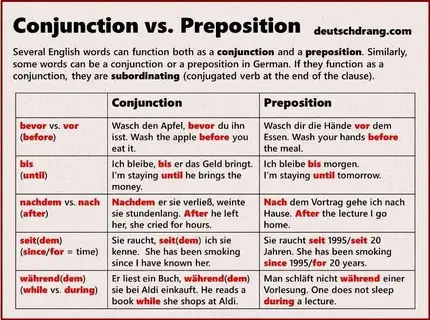
In Lessons 41 to 50, we will navigate the labyrinth of prepositions and conjunctions, two pivotal elements that knit the fabric of English sentences. Prepositions are the words that denote relationships of time, place, and direction, linking nouns, pronouns, and phrases to other words within a sentence. Conjunctions, on the other hand, are the connecting words, joining clauses, sentences, or words together, thus providing a seamless flow and cohesion to your expressions. We will dissect the various types of prepositions and conjunctions, their uses, common errors, and the nuances of their placements in sentences. By mastering these, you can ensure your sentences are not only grammatically correct but also more cohesive and fluid. As always, engaging activities and practical exercises will be there to reinforce your learning and provide hands-on practice in using prepositions and conjunctions. So, let’s march forward into these lessons, ready to unravel the art of using prepositions and conjunctions in English.
Lesson 51-60: Crafting Complex Sentences and Avoiding Common Errors

In Lessons 51 to 60, we will delve into the realm of crafting complex sentences and avoiding common errors. Complex sentences allow us to convey detailed, nuanced thoughts and ideas, adding depth and sophistication to our English expressions. We will explore the use of subordinate clauses, relative pronouns, and conjunctions to create complex sentences that accurately express intricate relationships between ideas. Moreover, we will shine a light on common errors that English learners often make when constructing complex sentences, providing strategies to avoid these pitfalls. From misplaced modifiers to error-prone complex sentence structures, these lessons will equip you with the knowledge and tools to communicate clearly and accurately. Like previous lessons, interactive activities and practical exercises will be provided to reinforce your learning and give you ample practice in crafting well-structured complex sentences. So, let’s embark on these lessons with concentration and enthusiasm, ready to master the art of crafting complex sentences and avoiding common English errors.
Practice Tests: Reinforcing Knowledge Through Real-world Application
After completing the lessons, you’ll now advance to the practical stage of the course – Practice Tests. These tests are designed to emulate real-world scenarios where you will apply the knowledge and skills you have acquired. Each test will contain a variety of tasks, such as essay writing, sentence restructuring, error spotting, and comprehension exercises. These tasks will test your understanding of English grammar, sentence structure, verb tenses, and more, providing you with a comprehensive review of the course material. Your performance in these tests will determine your overall understanding and proficiency in English. By applying your knowledge in these real-world-like scenarios, you’ll reinforce your learning and be better prepared to use English in both everyday and professional situations. So let’s approach these Practice Tests with confidence and eagerness, ready to put our knowledge to the test!
Activity Pages: Fun and Interactive Learning Aids
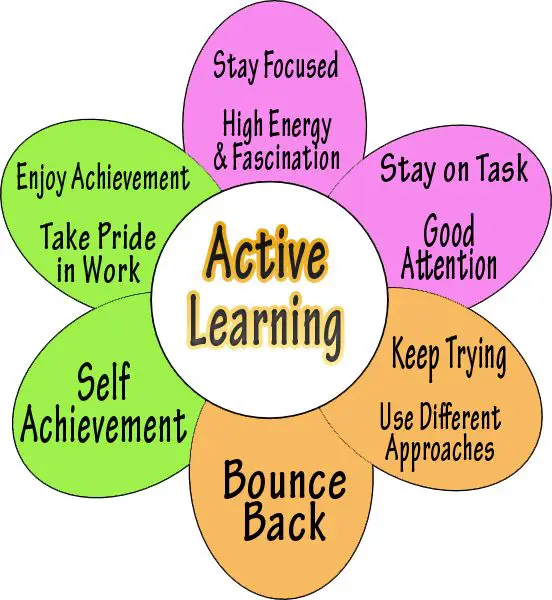
In the Activity Pages section, learning aids are designed to make the process of learning English fun and interactive. These include engaging crossword puzzles, word search games, and fill-in-the-blank exercises that focus on vocabulary building and grammar enhancement. There are also innovative activities like story creation and sentence formation games, which not only strengthen your English skills but also ignite your creativity and critical thinking. Using these aids, you can make your learning experience more enjoyable and interactive, enhancing the retention of learned concepts. So, embrace these activities with a playful spirit and curiosity, allowing yourself to learn English in a fun and engaging way!
Grammar Development: Stepping Stones to Advanced English Usage
In the Grammar Development section, we will embark on the journey towards advanced English usage. This segment is particularly designed to help you progress from a basic or intermediate level of English proficiency towards a more advanced level. Here, we will delve deeper into the intricacies of the English language, focusing on areas such as advanced sentence structure, punctuation usage, idiomatic expressions, and complex grammatical rules. By exploring these areas, you will develop a more nuanced understanding of English, enabling you to express complex ideas and thoughts with clarity and sophistication. This includes exercises and activities designed to reinforce and test your understanding, helping you to practically apply the advanced concepts covered. So, ready yourself for this enlightening journey, and let’s step forward into the exciting world of advanced English usage!
Sentence Development: Putting the Puzzle Pieces Together
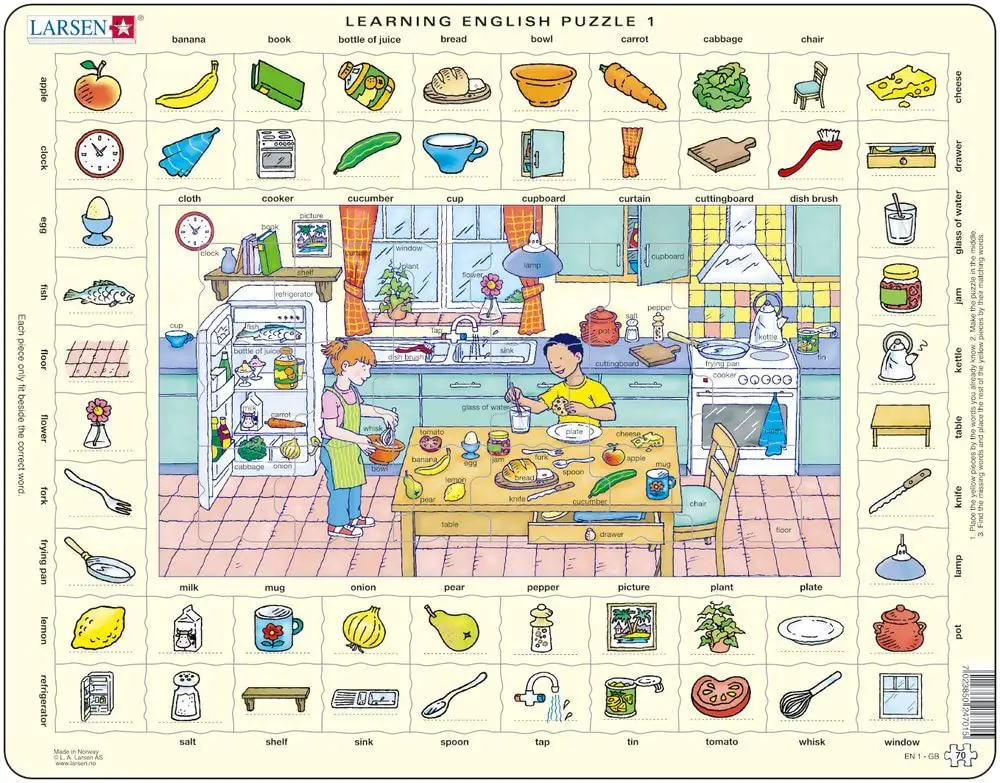
In the Sentence Development section, we will take the components of grammar, sentence structure, and vocabulary that we’ve learned and start to assemble them into coherent, effective sentences. This section is akin to putting together a jigsaw puzzle; each word and grammatical structure is a unique piece that fits into a specific place to form a clear picture – in this case, a meaningful English sentence. We’ll focus on crafting various types of sentences – declarative, interrogative, imperative, and exclamatory – to express different thoughts and emotions. We’ll also delve into combining simple sentences into complex ones, allowing you to communicate more nuanced ideas. Through interactive exercises and practical examples, you’ll gain the confidence to construct well-formulated English sentences on your own. So put on your thinking caps, and let’s dive into the enriching world of sentence development!
Your Journey from Beginner to Skilled English Speaker
Your journey from a beginner to a skilled English speaker has been an enriching and rewarding one. Each step you took, from understanding basic grammar rules to constructing complex sentences, has significantly contributed to your English proficiency. You’ve seen how practical exercises, interactive activities, and comprehensive tests can enhance learning and make it enjoyable, transforming a daunting task into a series of achievable milestones. With the skills and knowledge you’ve acquired, you’re now better equipped to navigate the world of English, be it in casual conversations, professional dialogues, or academic discourses. This journey doesn’t end here, though. Language learning is a lifelong pursuit, and there’s always room to grow, expand your vocabulary, and hone your structures. So continue to practice, explore, and challenge yourself. Here’s to your newfound competence in English and to the exciting language adventures that await!

